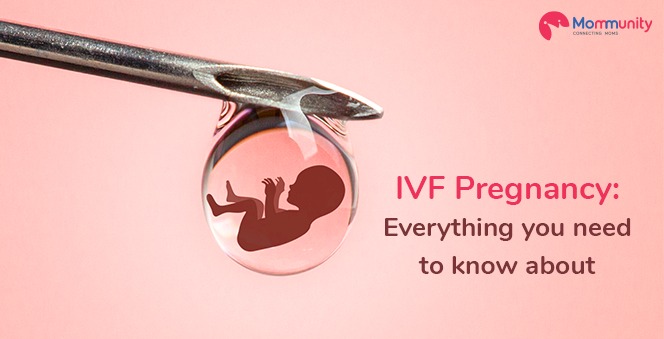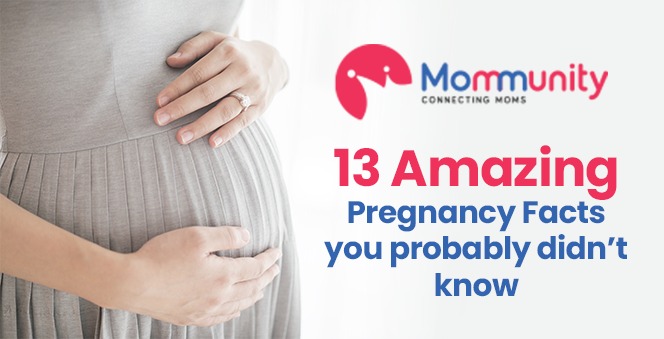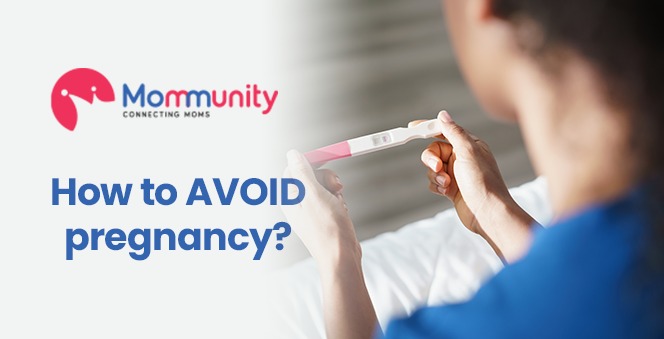In vitro fertilisation (IVF) is a biological procedure in a laboratory vessel, test tube, or another controlled experimental setting. In vitro fertilisation (IVF) is a fertility therapy in which sperm and eggs are mixed in a lab to generate embryos, which are then implanted into the uterus through the cervix to allow for the conception of an IVF baby. IVF treatment is now the most widely used fertility treatment, accounting for more than 99 percent of all assisted reproductive technology procedures.
A STEP-BY-STEP GUIDE TO IVF TREATMENT
This groundbreaking method is mainly used to address fertility and genetic issues and aid in creating a child. First, you should be aware that the process is performed using your own eggs and sperm from your spouse. It could potentially involve anonymous donor eggs, sperm, or embryos. A gestational carrier – a woman who has an embryo implanted in her uterus – may be considered in some instances. However, before you begin IVF therapy, both couples must pass the following screening tests:
1. OVARIAN RESERVE ASSESSMENT
You must take certain tests to detect the concentration of the follicle-stimulating hormone, oestrogen, and anti-Mullerian hormone in your blood during the first few days of your menstrual cycle to assess the quantity and quality of your eggs. The tests can be used in conjunction with an ultrasound of the ovaries to anticipate how the ovaries will react to fertility drugs.
2. EXAMINATION OF SPERM
Before commencing therapy, your spouse may be requested to complete a semen analysis test. This test examines the amount, shape, and mobility of sperm to determine their health and viability (or motility). Both of you may be required to do HIV and other infectious disease screening tests.
3. EXAMINATION OF THE UTERINE CAVITY
This test allows the clinician to look inside the uterus and check the uterine cavity. It is necessary to have a healthy uterine cavity to conceive and maintain a pregnancy. There are a few other things to discuss as a couple and discuss with your doctor before deciding to go through the IVF treatment cycle.
4. EMBRYOS FOR TRANSPLANTATION
The number of embryos transferred during therapy is usually determined by the age and number of eggs recovered. Because older women (those over 35 years old) have a reduced rate of implantation, additional embryos are usually transplanted to boost the chances of pregnancy. This happens except in cases where donor eggs are being used.
5. MULTIPLE PREGNANCIES
You should also be aware that IVF treatment can result in multiple pregnancies if more than one embryo is delivered to your uterus. In some circumstances, people choose foetal reduction to avert such a predicament. This can assist a woman in reducing the risk of problems and delivering a healthy baby. This, however, could be a significant decision with ethical, emotional, and psychological ramifications.
6. EMBRYOS IN EXCESS
During the procedure, what do you do with the additional embryos? The eggs can be frozen and used at a later time. There is no guarantee, however, that all embryos will survive the freezing and thawing process. It is suggested that you speak with your doctor about it.
OTHER CONCERNS
You should also think about the possibility of difficulties from donated eggs, sperm, or embryos from a gestational carrier. For this, you should seek the advice of a competent counsellor with experience in donor issues who can properly explain the donor’s legal rights.
HOW DOES THE IN VITRO FERTILISATION PROCESS WORK?
Before the couple can conceive, they must go through a series of steps. Let’s take a step-by-step look at the technique to see how complicated it is.
1. INDUCTION OF OVULATION
This is the first step in your recovery. If you’re utilising your own eggs, you’ll be given synthetic hormones to stimulate your ovaries into creating numerous eggs rather than the solitary egg that matures every month. Multiple eggs must be generated since some eggs may not fertilise or develop after fertilisation.
2. EXTRACTION OF EGGS
When the follicles are ready, you will receive a trigger shot, an injection that aids in the full maturation of the eggs and prepares them for fertilisation. The eggs are ready to be collected 36 hours after the injection is administered.
3. ULTRASOUND TRANSVAGINAL ASPIRATION
You will be anaesthetized with medicine before undergoing transvaginal ultrasound aspiration (the standard procedure for extracting eggs). An ultrasound probe is usually put into your vagina to locate follicles. Then a small needle is introduced into an ultrasound guide to penetrating through the vagina and into the follicles to retrieve the eggs.
The obtained mature eggs are subsequently incubated in a nutritive liquid. Embryos will be created from eggs that look to be healthy and mature.
4. RETRIEVAL OF SPERM
When egg retrieval is scheduled, your spouse will be requested to provide a semen sample the same morning. The needle or surgical treatment is used to collect sperm straight from the testicle in rare circumstances and methods such as testicular aspiration. In the laboratory, the sperms are isolated from the semen fluid.
5. FERTILISATION
Your eggs will now go through the most crucial stage of their development: fertilisation. It can be done in two different ways. The first is insemination, which involves mixing healthy sperm and ripe eggs and incubating them overnight. The alternative procedure is intracytoplasmic sperm injection (ICSI), which involves injecting a single healthy sperm directly into each mature egg. ICSI is frequently utilized when the quality or quantity of sperm is a problem or when prior IVF cycles have failed to produce viable outcomes.
6. TRANSFER OF EMBRYOS OR BLASTOCYSTS
Some fertilised eggs will change into multi-celled embryos at three days, which is the next critical stage. They continue to metamorphosis into blastocysts after two more days. They form a fluid-filled chamber with tissues that will eventually divide into the placenta and foetus at this time.
You reach the stage where the embryo can be placed into your womb after passing through the previous stages. It’s normally done two to six days after the egg is retrieved. You will be given a light sedative once again. The procedure, on the other hand, is usually painless for the patient. The doctor will place a catheter, which is a long, thin, flexible tube. A catheter is a long, thin, flexible tube inserted into your vagina, via the cervix, and into your uterus by your doctor. The catheter’s end is linked to a syringe holding one or more embryos suspended in fluid. An embryo will implant in the lining of your uterus six to ten days following egg retrieval if it is successful.
HOW LONG DOES IT TAKE TO CONCEIVE AFTER IVF?
One IVF cycle takes roughly four to six weeks to finish. You will most likely be requested to take blood tests to determine pregnancy 12 to two weeks after the egg retrieval operation.
IN VITRO FERTILIZATION: ADVANTAGES AND DISADVANTAGES
When you have to undergo medical treatment, you are bound to be concerned. As a result, it’s common to feel anxious before beginning IVF therapy. As a result, it’s critical to weigh the benefits and drawbacks before moving further.
PROS OF IVF
Scientifically Proven and Popular: In vitro fertilisation is the oldest assisted reproductive technology therapy, and experts have confirmed it via extensive studies of infants conceived using this approach.
Improved Procedures: Since its inception, researchers have worked to develop and refine the methodologies. For example, genetic screening, also known as preimplantation genetic diagnosis or preimplantation genetic screening, ensures that the foetus utilised in therapy is devoid of known genetic markers.
Control: Because IVF is a highly controlled, medically supervised technique, it allows parents with time constraints due to work or other commitments to choose the baby’s conception and birth dates.
CONS OF IVF
Unsuccessful Cycle: Even if you decide to go through with the therapy, don’t put all your faith in it working. The success of IVF treatment is not guaranteed, and you may need to undergo more than one cycle of treatment before seeing a positive result.
Expensive Operation: IVF is a costly procedure in terms of money. The best thing to do is to go ahead with the therapy, knowing exactly how much it would cost.
Result in Stress: Because you must visit the doctor numerous times during the IVF cycle, the entire process of testing and administering fertility drugs can be emotionally and physically draining.
WHAT ARE THE RISKS OF IVF TREATMENT?
There are certain risks associated with the IVF treatment, such as the following:
1. MULTIPLE PREGNANCIES
There is a probability of having twins or more if more than one embryo is implanted in the uterus. Although this may appear to be ideal for some couples who want to have twins, keep in mind that having multiple foetuses increases the risk of miscarriage and other issues, including preterm labour.
2. ECTOPIC PREGNANCY
You should be informed that IVF has the potential to result in an ectopic pregnancy. When the fertilised egg attaches itself to somewhere other than the uterus, this is considered to happen. The fertilised egg cannot grow properly because the fallopian tubes are unable to contain an embryo. Ectopic pregnancy is more likely in women who have damaged fallopian tubes.
3. OVARIAN HYPERSTIMULATION SYNDROME’S RISKS (OHSS)
When a woman’s body has a significant reaction to fertility medicines, she produces too many eggs, causing her ovaries to swell and hurt. It could be life-threatening in rare situations, and the woman will need to be closely monitored.
4. THE BABY’S POTENTIAL RISKS
Babies created through IVF are thought to be more likely to be born preterm or with low birth weight. Experts don’t have enough evidence to say if the risk is due to infertility concerns like age or procedures.
SIDE EFFECTS OF IVF TREATMENT
The IVF procedure does not come without its drawbacks. Expectant parents should be told about the treatment’s potential adverse effects:
- After the procedure, you may pass a tiny amount of clear or bloody fluid. This occurs as a result of the cervix being swabbed before the IVF embryo transfer.
- High oestrogen levels can induce sore breasts, minor bloating, cramps, and constipation.
- Using injectable fertility medicines for ovulation induction might cause OHSS, which causes enlarged and painful ovaries. Mild stomach pain, bloating, nausea, vomiting, and diarrhoea are all possible symptoms.




